Prince George visits Brisbane
By Simon Miller, Library Technician, State Library of Queensland | 8 August 2013
Well, no, not George Alexander Louis of Cambridge, he is after all only a few days old, but his great-great-great-grandfather George Frederick Ernest Albert, later known as King George V. Prince George of Wales visited Brisbane with his older brother, Prince Albert Victor Christian Edward (generally known as Prince Edward, or Eddie to his brother George), while the brothers were serving as Midshipmen on HMS Bachante, part of a naval squadron on a three year tour of the British Empire visiting the Americas, the Falkland Islands, South Africa, Australia, Fiji, the Far East, Singapore, Ceylon, Aden, Egypt, the Holy Land and Greece between 1879 and 1882. The squadron visited Brisbane in August of 1881 and the princes were the star attractions at a series of garden parties, picnics and balls. Prince George was sixteen at the time and his brother Edward was seventeen.
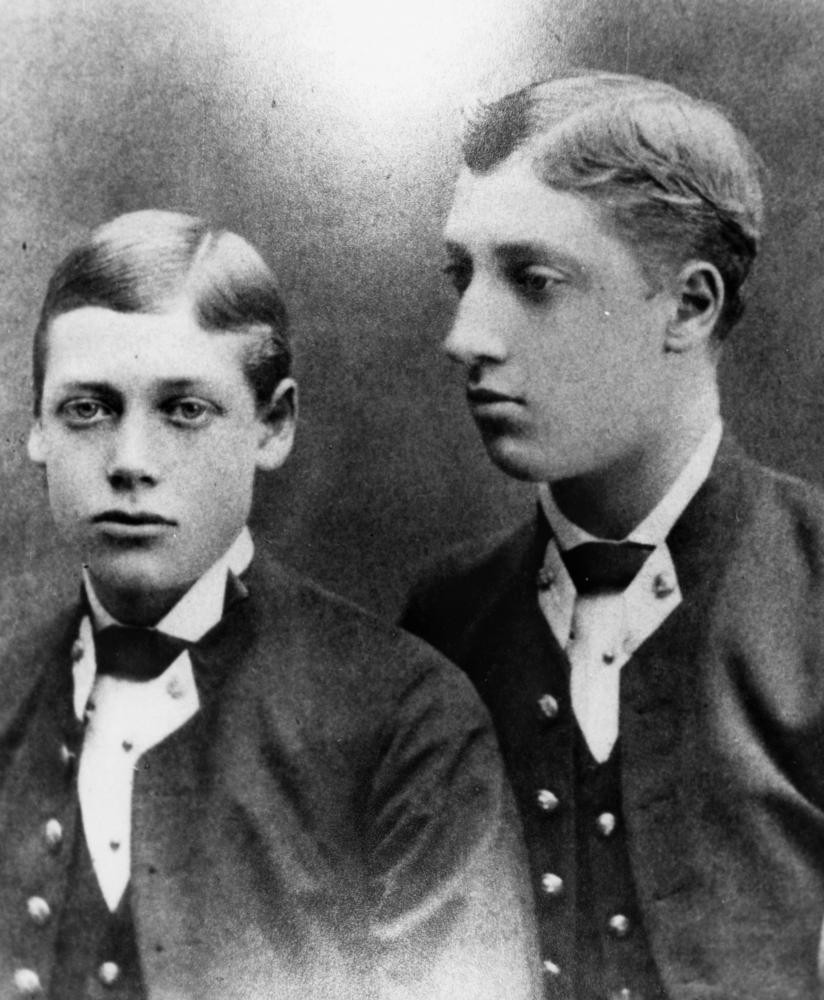
We have an account of the visit from the prince's point of view as part of the extensive two volume account of their three year voyages The cruise of Her Majesty's Ship 'Bacchante" 1879-1882 compiled from the private journals, letters, and note-books of Prince Albert Victor and Prince George of Wales with additions by John N. Dalton. The Reverend Dalton was the tutor of the princes and was temporarily attached to the crew as the ship's chaplain, he was responsible for assembling the various journals and letters of the princes into the published volumes. Volume one, including the descriptions of the Australian leg of the voyage is available online at the Hathi Trust. The official Queensland Government account of the royal visit is contained in a handsome volume entitled Visit of the Detached Squadron with Their Royal Highnesses Prince Edward and Prince George of Wales to Brisbane, from 16th to 20th August, 1881.
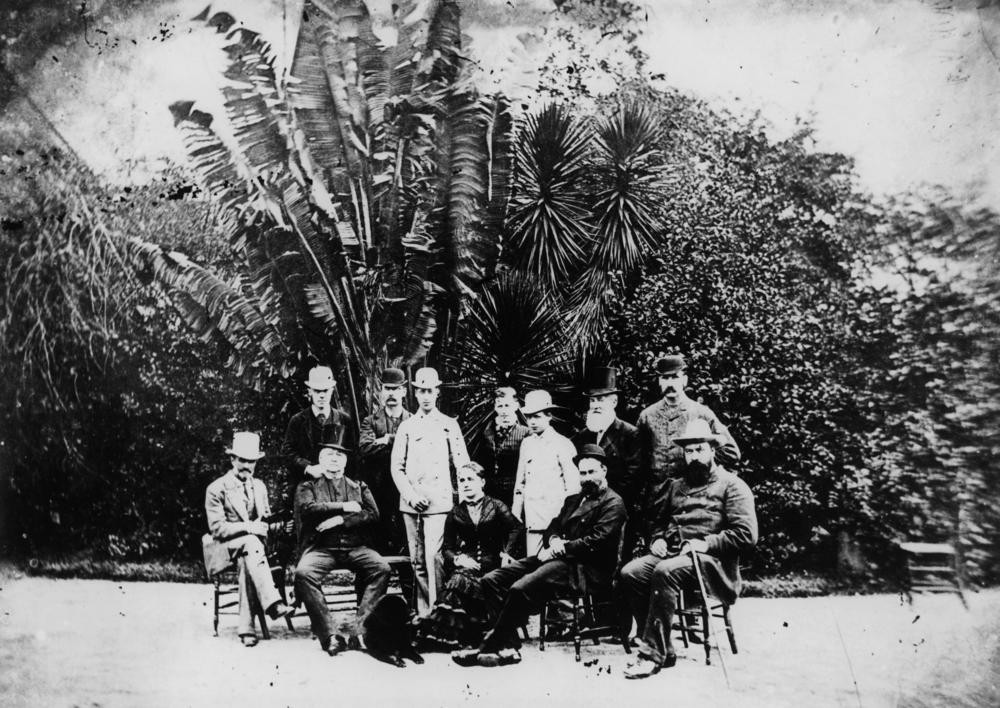
The two accounts differ in style, with the official Queensland account tending to a more flowery language than the more matter of fact approach of the princes. Here is the account, probably taken from Prince George's journal, of a visit to the Brisbane Grammar School.
The Chief Justice, the Hon. S. W. Griffith, and the other trustees met us in the grounds : and we were introduced by Mr. Reginald H. Roe, the Principal, who was formerly Scholar of Balliol and took up this appointment on the recommendation of Dr. Jowett and Dean Stanley, to the other masters. We planted a couple of trees in the School Reserve at the top of the hill, and then went into the school buildings and saw all the class-rooms and the great hall, where all the boys were drawn up in their cadet uniform and looked uncommonly smart and intelligent. The pupils attending the girls' school in connection with this institution were also present. They cheered vigorously for the Queen, the Governor, and the Admiral. After asking for a holiday for them during the rest of the day, Eddy told them that one of the most pleasing recollections we should carry away with us of Australia, which we were leaving to-morrow, would be that of the sound of their happy voices.
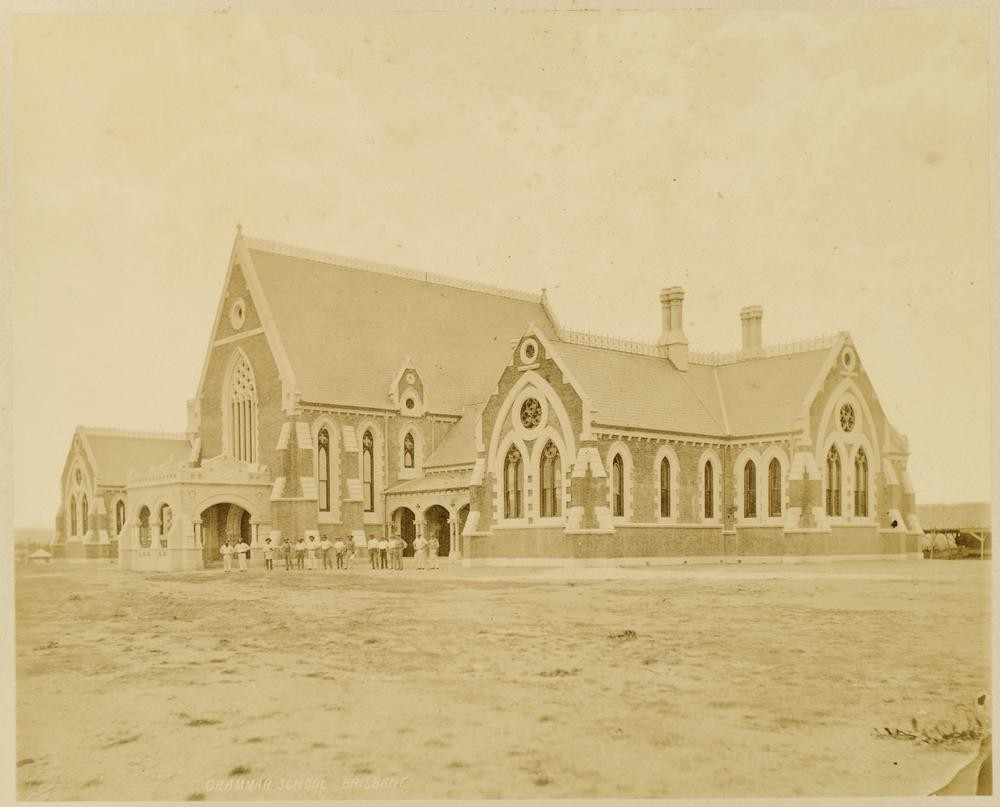
Here is the official account of the same event.
By special request the Princes had an interview with "our boys" of the Brisbane Grammar School, from which the 19th of August will be hereafter memorable in the annals of this highly-favoured institution. Their Royal Highnesses went to the Victoria Park on Friday morning, and each planted a tree in the school grounds in commemoration of their visit to this Colony. A number of spectators were within the school grounds to witness the proceedings. Under the direction of Mr. Crompton, M.A., the second master, an "old boy" of Winchester, a Queen's prize rifle-shot, and an Oxford scholar, the Grammar School cadets were drawn up near where the trees were to be planted, and all the other pupils of both the boys' and the girls' houses were present. At the appointed time a large party of ladies and gentlemen arrived, among them the Governor and Miss Kennedy, Earl Clanwilliam, and Prince Edward and Prince George, with their tutor, the Rev. J. N. Dalton. They were received by his Honour Chief Justice Lilley and the other trustees of the school, together with the Head Master, Mr. Roe, M.A., Oxon., and the assistant masters. The visitors were conducted to the western side of the building, where all things were in readiness. Upon the appearance of the Princes and the Governor, the cadets presented arms. Mr. Pink, curator of the Botanic Gardens, placed a young Moreton Bay fig (Ficus Macrophylla) in the trench prepared for it ; the Chief Justice handed a light spade to Prince Edward ; and his Royal Highness threw in and packed the mould around the roots of the sapling. A similar ceremony was gone through, in which the chief actor was Prince George, who performed his part in quite an energetic manner. Three cheers for the Queen were then given, followed by cheers for the Princes, the Governor, the Vice-Admiral, and the Officers of the Squadron.
After their return to England the princes went separate ways. Edward attended Trinity College, Cambridge, while George continued with his naval career. Prince Albert Victor died in an influenza epidemic in 1892, bringing an end to George's active navy career. When Queen Victoria died in 1901, George's father Edward VII became king and George was next in line for the throne. Later that year George and his wife May (Princess Mary Adelaide) toured the Empire, opening the first Australian Parliament on 9 May, and also visiting Brisbane. The Queenslander took advantage of the opportunity to look back at the previous visit 20 years before.
OUR ROYAL VISITORS.
THE DUKE CORNWALL AND YORK.
"Prince George" is no stranger to Brisbane, though he comes to us now as his Royal Highness George Frederick Ernest Albert, Duke of Cornwall and York, Knight of the Garter, Knight of the Thistle, Knight of St. Patrick, Knight of the Grand Cross of the Victorian Order, and Knight of the Grand Cross of St. Michael and St. George. The sunny sailor Prince of 1881, a bright cheery lad of scarce 16 years, is now a bearded man of 36, an heir apparent to the throne of the greatest of earthly Empires. The twenty years which have passed have brought to him grave responsibilities, and naturally his personality has become more serious. Such a term brings its changes in the most prosaic of lives, and time is no respecter of persons. The years have not dealt too kindly with our illustrious visitor, and those who have had the opportunity of seeing him recently describe him as looking even beyond his age.
The death of his brother, the Duke of Clarence and Avondale, on the 14th January, 1892, brought the Duke of York into the position of heir presumptive to the throne, and the death-of Victoria the Good and the accession of the Prince of Wales has made him heir apparent. And marriage has given him four children, and the days when he was a bright little middy, cheerful and well loved, must seem sufficiently remote. Yet there are thousands here who have not forgotten him, "the Queen's young grandson," and though the grave has closed over many who bade him and his brother welcome to Queensland 'twenty years ago, there will be sufficient of the old leaven left to make pleasant a glance back at the days long past.
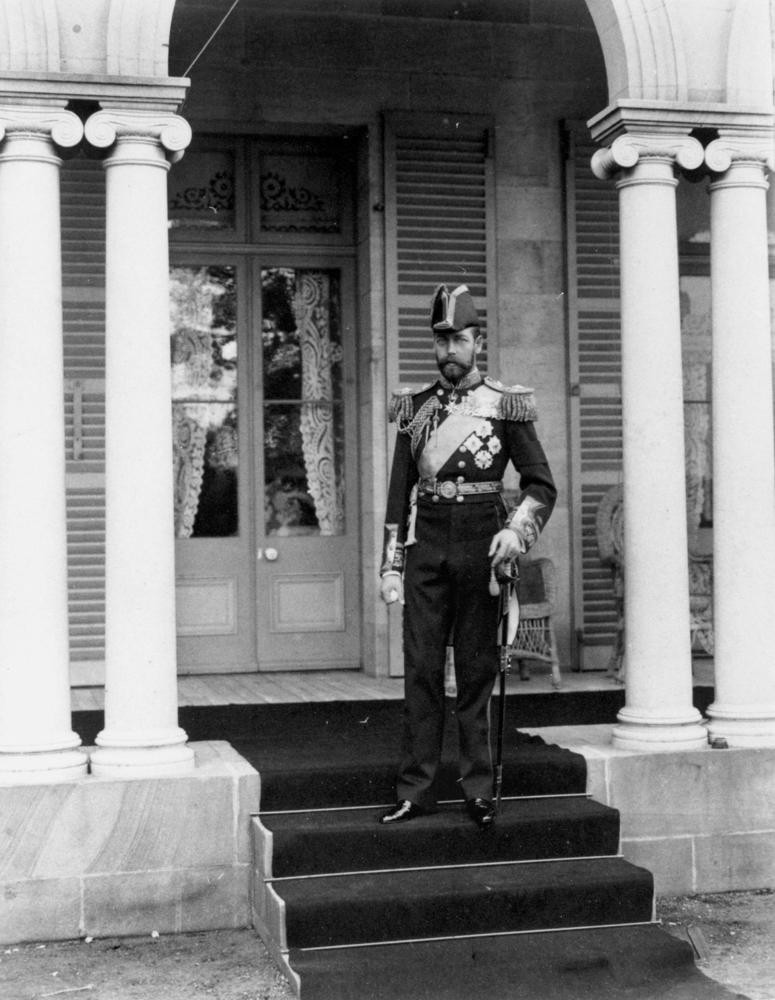
George became king on the death of his father on 6 May 1910. He led the British Empire through a period of great turmoil including World War One. He was seriously injured when he was thrown from a horse while reviewing troops in France in 1915. George V is often characterised as a dull figure. He enjoyed a conventional home life and indulging his hobbies of stamp collecting and game shooting, but was also hard working and dedicated, with a good understanding of the scope of the British Empire due to his extensive travels as a navel officer. On the King's death in January 1936, King George Square in Brisbane was renamed in his honour and a full-sized bronze statue of the King on horseback was commissioned, being unveiled in 1938.
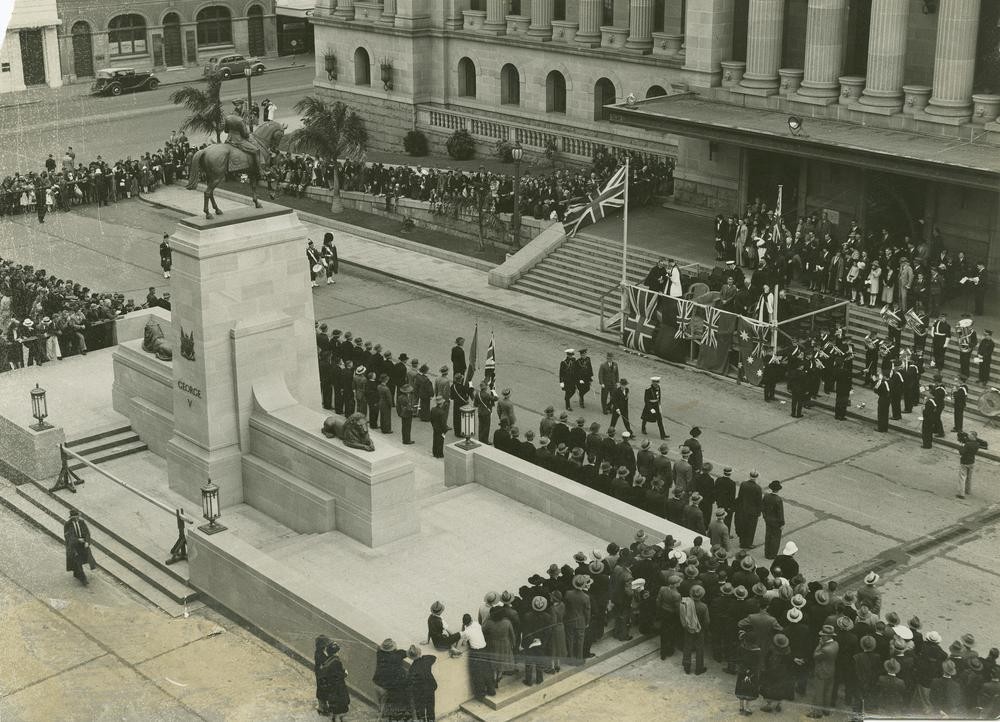
The selection of the site was reported in the Rockhampton Morning Bulletin.
The special committee appointed to investigate various sites for a memorial to King George has recommended that Albert Square, outside the main entrance of the City Hall, should be the site for the memorial and the Brisbane City Council is to be asked to rename the square King George Square. The committee unanimously agreed that the centre of Albert Square passed every test applied to it. The position was excellent. The committee considered that the square richly deserved artistic adornment and now that opportunity had been afforded the committee believed that it could be accomplished.
Simon Miller - Library Technician, State Library of Queensland
Comments
Your email address will not be published.
We welcome relevant, respectful comments.